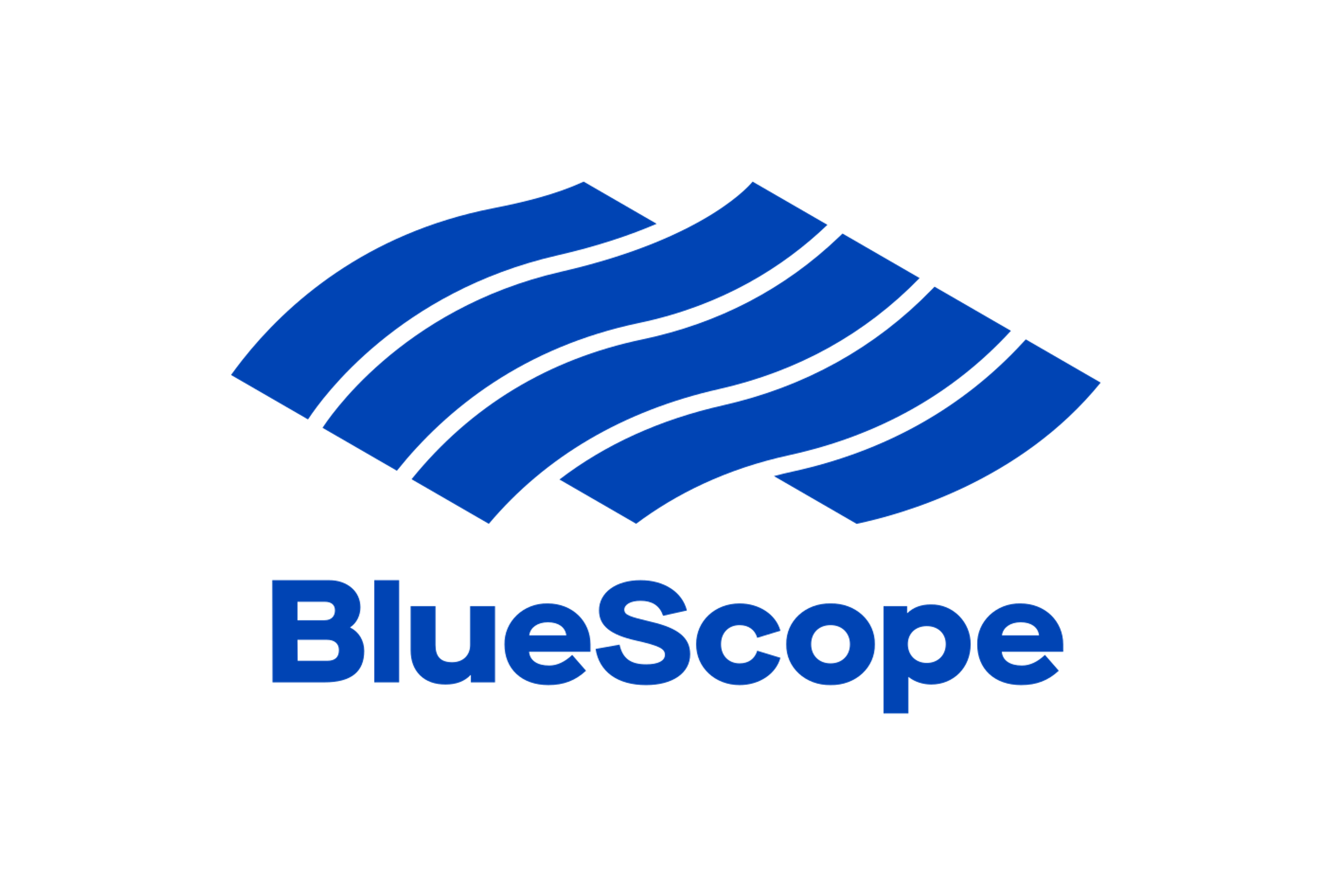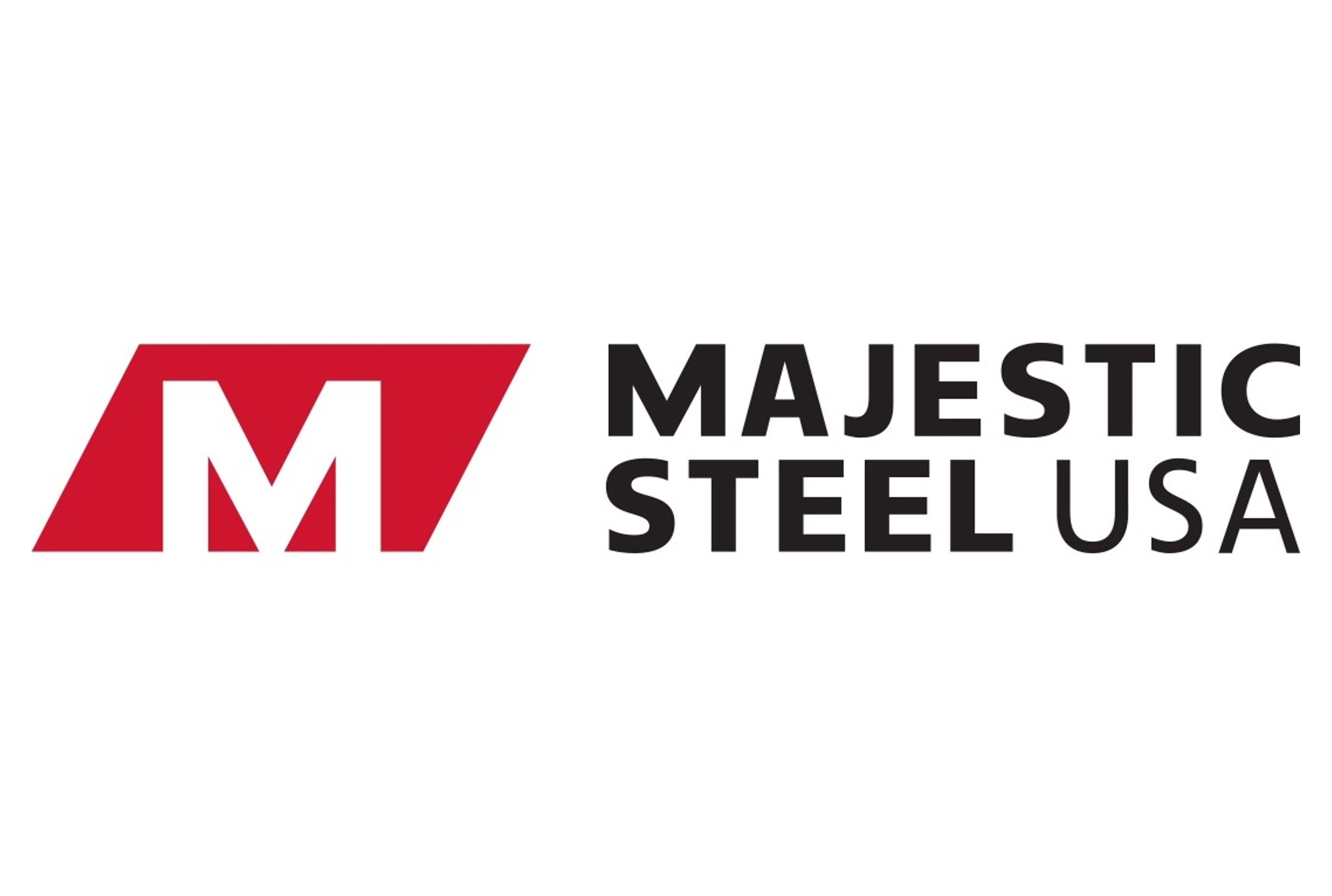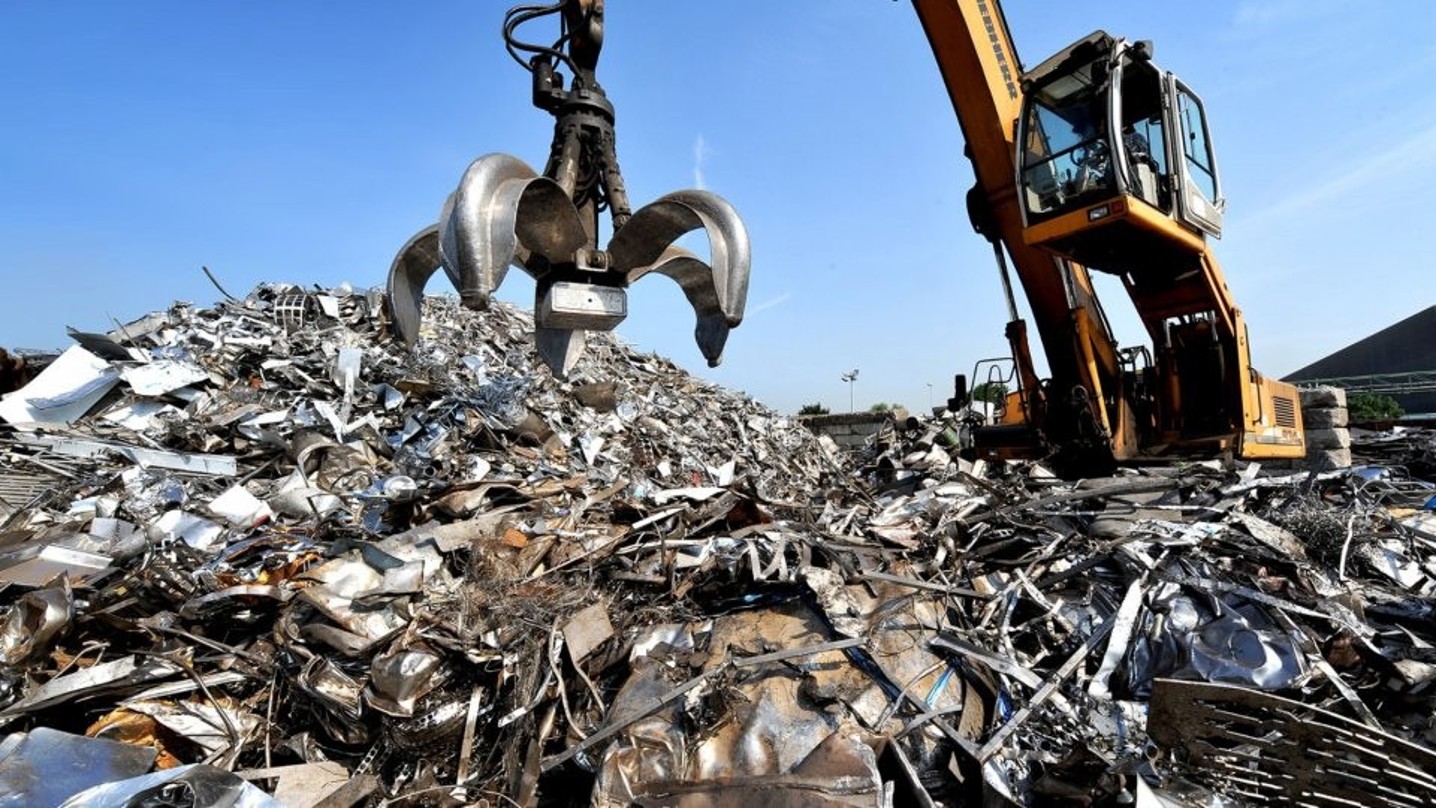Analysis
July 20, 2025
Final Thoughts
Written by Ethan Bernard & Stephen Miller
This year’s scrap programming at Steel Summit will feature Herb Black, president and CEO of American Iron and Metal (AIM).
As a Canadian and chief exec of a recycling company based in Montreal, Quebec, these elements would normally be biographical footnotes ahead of the conference. But, surprisingly, post-“Liberation Day,” those facts alone could lead to a spicy conversation on the main stage.
With scrap such a vital material given the US steel industry’s reliance on EAF steelmaking, here are some things to watch out for in the lead-up to the conference. (There’s still time to register for Summit here.)
Canada and Mexico trade relations
Trade relations with Canada and Mexico have long been important to the US economy. All three trading partners have prospered under NAFTA and later under USMCA. But everyone has also had to give up some things in the pursuit of the economic benefits of interdependence. And no deal is perfect.
Negotiations are ongoing between the US and Canada as well as between the US and Mexico. Will everyone be able to hammer out some interim agreement? Will USMCA be revamped ahead of its 2026 deadline? Or will the proliferation of tariffs yield something else entirely?
Deal or no deal, there will be repercussions for the US economy and for those of our neighbors.
Slowing steel sales
Despite substantial tariffs and duties put into place to lessen imports, steel sales, especially those of flat roll, have been in decline. It may be too early to assess the effects of the tariffs. But what happens if tariffs don’t fix the problem of slowing sales?
Also, tariffs could make the costs of making steel in the US higher than in other producing countries. (Case in point: Potential “reciprocal” tariffs of 50% on Brazilian pig iron starting on Aug. 1.) And if costs go up, US prices (already among the highest in the world) will go up too.
Clearly demand could use a boost. Is there another mechanism besides tariffs that could deliver better demand?
Continued tariff uncertainty
It has become difficult to make decisions, especially strategic ones, for businesses in all sectors of the ferrous industry. It’s not just Canada and Mexico. The rest of the world faces shifting “reciprocal” tariff rates too.
The next “reciprocal” tariff deadline is Aug. 1. We’ve seen tariff deadline dates repeatedly changed or extended. We’ve also seen some tariffs – like 50% Section 232 tariffs on imported steel – implemented with little notice and without any thought to shipments already on the water.
In theory, tariffs are aimed at reshoring domestic manufacturing. But we’ve also seen them used not for economic objectives but instead to settle political scores.
It’s not always clear exactly how President Trump comes to his decisions. And this can blindside the plans and profitability of businesses trying to navigate an already complex trading environment.
Developing new strategies in this ever-changing tariff environment has never been more important. Luckily, at Steel Summit, we’ll have just the economists and industry experts to answer any nagging questions you might have.
The biggest wild card
We think the biggest wild card might be the threatened 50% overall tariff on the South American raw material-producing country of Brazil. It could have massive unintended negative effects on the steelmakers producing hot-rolled (HR) coil via the EAF route.
A 50% tariff could cause pig iron prices to increase by at least $200-250 pr metric ton (mt) from current levels. And keep in mind, there is no viable replacement for Brazilian pig iron in the short or medium term.
EAF mills rely on pig iron to make drawing-quality HR. Prime scrap can help, but it’s undersupplied. If there was enough prime scrap, we would not be importing more than 4 million mt of pig iron per year.
It’ also hard to see how a tariff on Brazilian pig iron would not increase the price of scrap by a truly significant amount. Hot-briquetted iron (HBI) could help, but the various countries producing it also face tariffs.
Brazil, of course, makes a lot more than pig iron. It is in addition one of the largest exporters of iron ore and of both direct-reduced iron (DRI) and HBI quality pellets. These are used by domestic HBI and DRI producing facilities.
In some respects, we’ve had a preview of what could happen. Brazil is one of the leading slab exporters to the US. The integration of those slabs in the US supply chain was so tight that Brazilian slab prices and US HR prices trended together in near lockstep.
That relationship broke down when the US replaced Brazil’s Section 232 quota with a 25% tariff in March. And tariffs increasing to 50% in June might cut whatever linkages remain.
The takeaway: On the one hand, US trade policies are intended to benefit our domestic steel industry. But on the other hand, the overapplication of tariffs has the potential to inflict damage too.
Will the good outweigh the bad? That’s still TBD.
See you soon
We look forward to seeing you on Aug. 25-27 in Atlanta. There will definitely be much to report on these issues between now and then. And SMU will keep you posted on the latest developments.
As always, thanks for all your support!

Ethan Bernard
Read more from Ethan Bernard






